Kurt Vonnegut Archive
Abstraction and Legacy in Bluebeard and So Much Blue
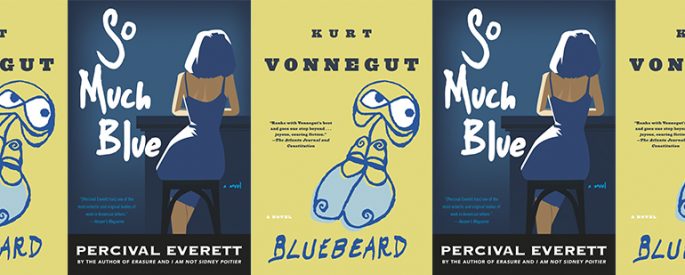
In filling his 2017 novel with similarities to Kurt Vonnegut’s 1987 work, Percival Everett initiates a dialogue on abstract art.
SLAUGHTERHOUSE-FIVE Revisited
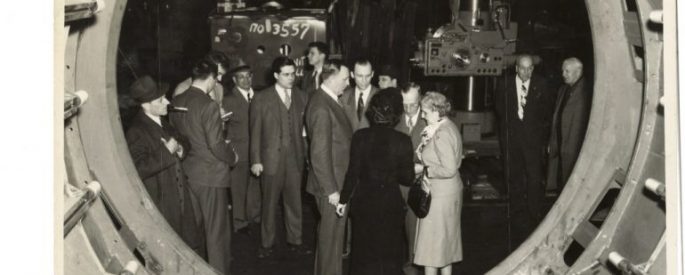
By way of introduction at readings, I often start with a poem about my hometown. “For those of you who don’t know me,” I say, “I’m from Schenectady, New York, and I think it is the greatest small city in the world.” I wait a beat before the punchline:
Big Picture, Small Picture: Context for Kurt Vonnegut’s Slaughterhouse-Five
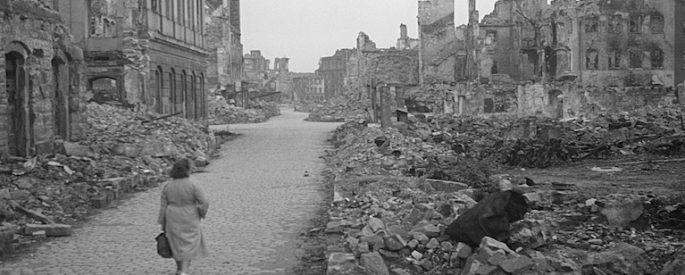
Kurt Vonnegut's Slaughterhouse-Five, published March 31, 1969, follows anti-hero Billy Pilgrim, inspired by Edward Crone Jr., as he survives the Battle of the Bulge, German internment, and the Dresden firebombing, finally settling into a comfortable life as an optometrist in upstate New York.
Writer & Artist: What We Can Learn from Writers Who are Both
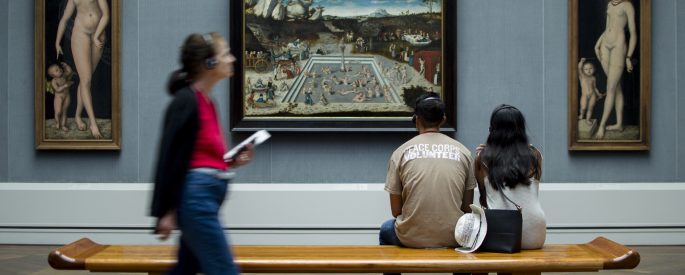
In many ways, visual art gave birth to literature. The first stories written down were cave paintings. For years our alphabet was made up of pictographs which simply meant that the only people who could tell stories were those who could draw.
Majestic Endings

As I closed in on the first draft of a novel, I wrote toward an ending I’d held in my mind for months. It was a quiet climax in keeping with the, ahem, literary nature of my novel. I knew that when I finished the draft, I’d have to
The Candles and the Soap: On Vonnegut, Death, and Repetition
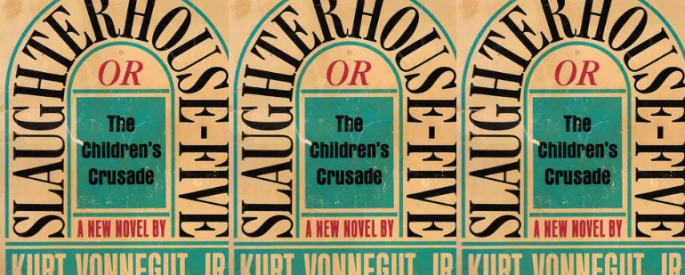
Placed after a mention of death or dying, Kurt Vonnegut’s “So it goes” refrain throughout Slaughterhouse Five utilizes repetition to explore the inevitability of death. Early on in the book, Billy Pilgrim writes a letter to a newspaper about his experiences with extra terrestrials, and explains the origin of the phrase: When
The Long Death Of Genre Distinction
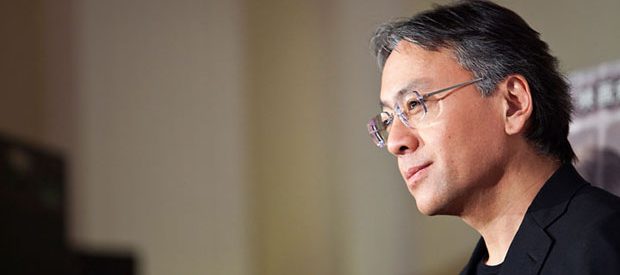
The latest lit dust-up over genre involved Kazuo Ishiguro and Ursula K. Le Guin. In a review of Ishiguro’s new book The Buried Giant, Le Guin took umbrage at some remarks he made to the New York Times. “Will readers follow me into this?” went Ishiguro’s offending comment. “Will they
A Knack for Names

I once read (though the source is now lost to me) that the names of the characters in a novel do the work of telling the reader what world he’s in. Musicality, characterization, hints at a character’s gender, ethnicity, and social status—all of these are important in a name.